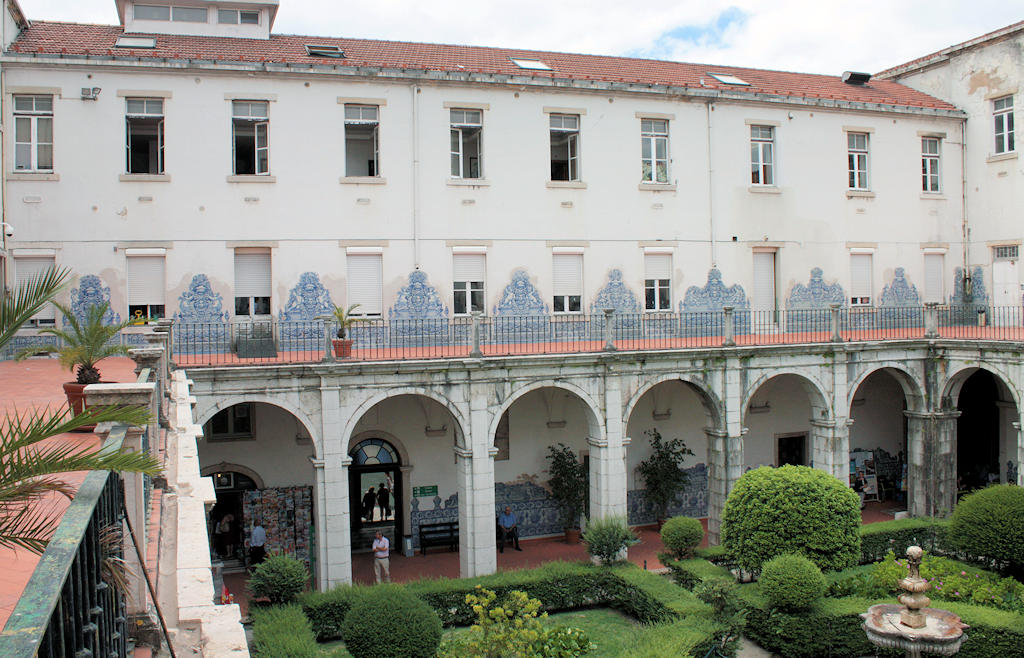Looking towards the future, Santa Marta Hospital is set to transfer its services and staff to the upcoming University Hospital of Eastern Lisbon in Chelas by 2027. However, a portion of its facilities will continue to focus on cardiovascular diseases, a specialty for which the hospital is renowned. Additionally, plans include establishing a Primary Healthcare Unit at the current location.
Historically, the Convent of Santa Marta dates back to the 16th century. In 1890, it was transformed into a hospice for poor clergymen, specifically to treat victims of a flu epidemic. Subsequently, in 1903, it became a government-run hospital specializing in venereal diseases. Originally an annex of São José Hospital, it later joined the group of Lisbon Civil Hospitals.
In 1910, Hospital de Santa Marta was officially designated as the Lisbon Medical-Surgical School, serving as the teaching hospital for the Faculty of Medicine at the University of Lisbon. The hospital played a significant role in medical education until the relocation of the university to the University City in 1953.
Notably, Santa Marta Hospital once employed Agostinho Neto, the former president of Angola. In 1962, his prison sentence was commuted to medical service at this hospital.
Lisbon.vip Recommends
On November 1, 1755, despite the catastrophic Lisbon earthquake, the Convent of Santa Marta was one of the eleven out of the sixty-five existing convents that remained habitable. The church, classified as a Public Interest Monument since 1946, showcases predominantly Baroque architecture, with a longitudinal layout and a grand façade facing Rua de Santa Marta.
Hospital de Santa Marta stands as a significant healthcare institution, blending historical heritage with modern healthcare services. Dedicated to providing quality medical care, it continues to serve the community while embracing the spirit of progress and compassion.
Map View



